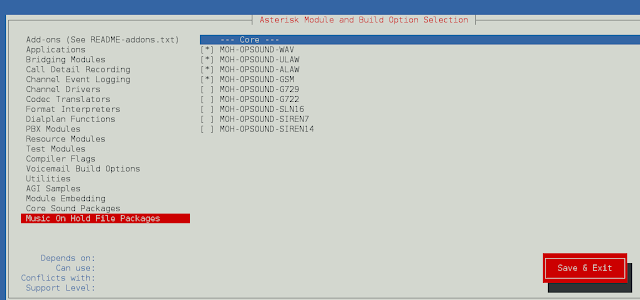Given two integers N1 and N2 which is the Compound Interest of two consecutive years. The task is to calculate the rate percentage.
Examples:
Input: N1 = 660, N2 = 720
Output: 9.09091 %
Input: N1 = 100, N2 = 120
Output: 20 %
Approach: The rate percentage can be calculated with the formula ((N2 – N1) * 100) / N1 where N1 is the compound interest of some year and N2 is the compound interest for the next year.
Let us consider the 1st Example:
The difference between the Compound interest in the two consecutive years is because of the interest received on the previous year interest. Therefore,
–> N2 – N1 = N1 * (Rate / 100)
–> 720 – 660 = 660 * (Rate / 100)
–> (60 / 660) * 100 = Rate
–> Rate = (100 / 11) = 9.09% (Approx)
Below is the implementation of the above approach:
C++
// C++ implementation of the approach#include <bits/stdc++.h>using namespace std;// Function to return the// required rate percentagefloat Rate(int N1, int N2){ float rate = (N2 - N1) * 100 / float(N1); return rate;}// Driver codeint main(){ int N1 = 100, N2 = 120; cout << Rate(N1, N2) << " %"; return 0;} |
Java
// Java implementation of the approachclass GFG { // Function to return the // required rate percentage static int Rate(int N1, int N2) { float rate = (N2 - N1) * 100 / N1; return (int)rate; } // Driver code public static void main(String[] args) { int N1 = 100, N2 = 120; System.out.println(Rate(N1, N2) + " %"); }}// This code has been contributed by 29AjayKumar |
Python 3
# Python 3 implementation of the approach# Function to return the# required rate percentagedef Rate( N1, N2): rate = (N2 - N1) * 100 // (N1); return rate# Driver codeif __name__ == "__main__": N1 = 100 N2 = 120 print(Rate(N1, N2) ," %")# This code is contributed by ChitraNayal |
C#
// C# implementation of the approachusing System;class GFG{ // Function to return the // required rate percentage static int Rate(int N1, int N2) { float rate = (N2 - N1) * 100 / N1; return (int)rate; } // Driver code static public void Main () { int N1 = 100, N2 = 120; Console.WriteLine(Rate(N1, N2) + " %"); }}// This code has been contributed by ajit. |
PHP
<?php// PHP implementation of the approach // Function to return the // required rate percentage function Rate($N1, $N2) { $rate = ($N2 - $N1) * 100 / $N1; return $rate; } // Driver code $N1 = 100;$N2 = 120; echo Rate($N1, $N2), "%"; // This code is contributed by AnkitRai01?> |
Javascript
<script>// javascript implementation of the approach // Function to return the // required rate percentage function Rate(N1 , N2) { var rate = (N2 - N1) * 100 / N1; return parseInt( rate); } // Driver code var N1 = 100, N2 = 120; document.write(Rate(N1, N2) + " %");// This code contributed by Rajput-Ji </script> |
20 %
Time Complexity: O(1), as there is only basic arithmetic operation.
Auxiliary Space: O(1), as no extra space has been taken.
Ready to dive in? Explore our Free Demo Content and join our DSA course, trusted by over 100,000 neveropen!




